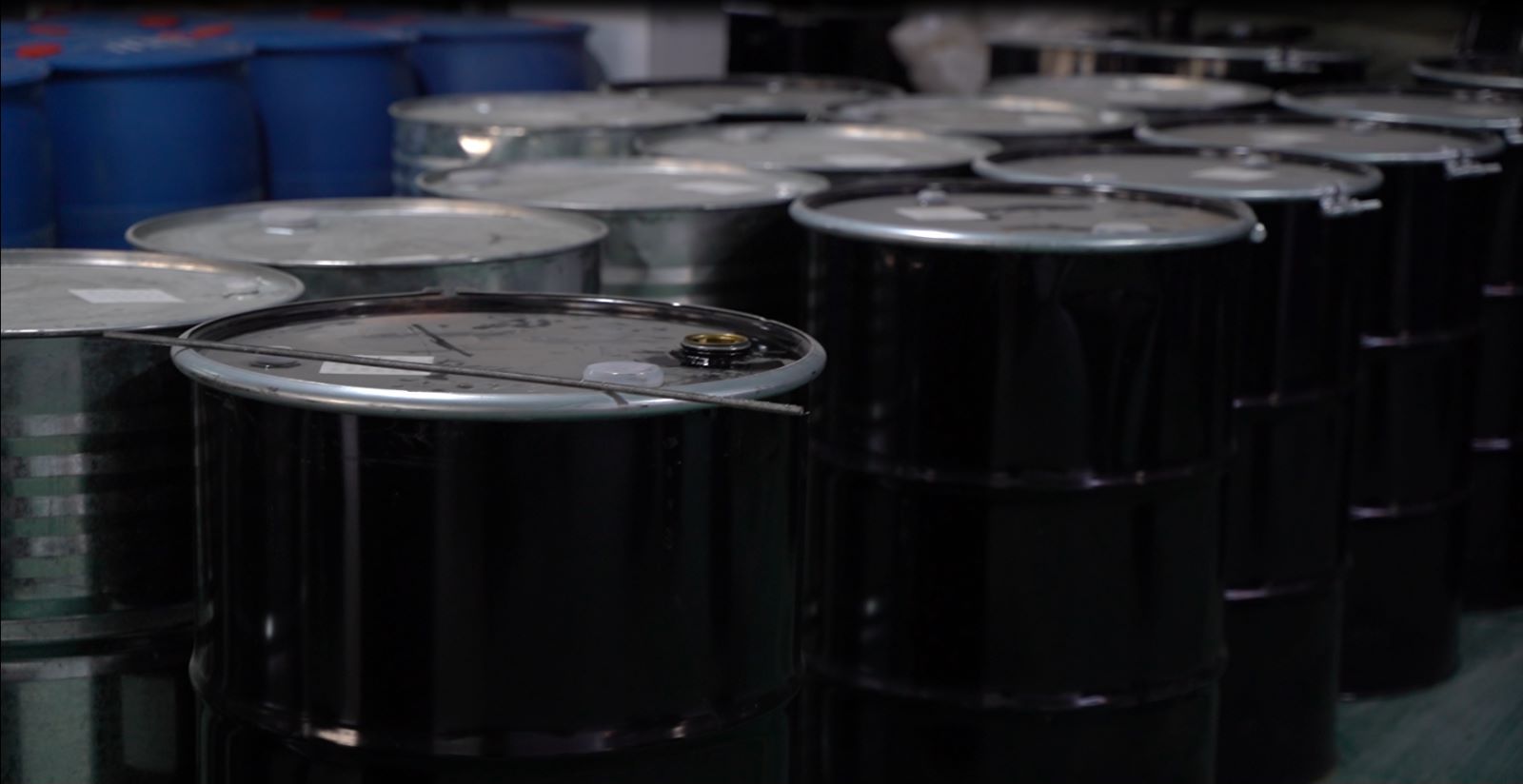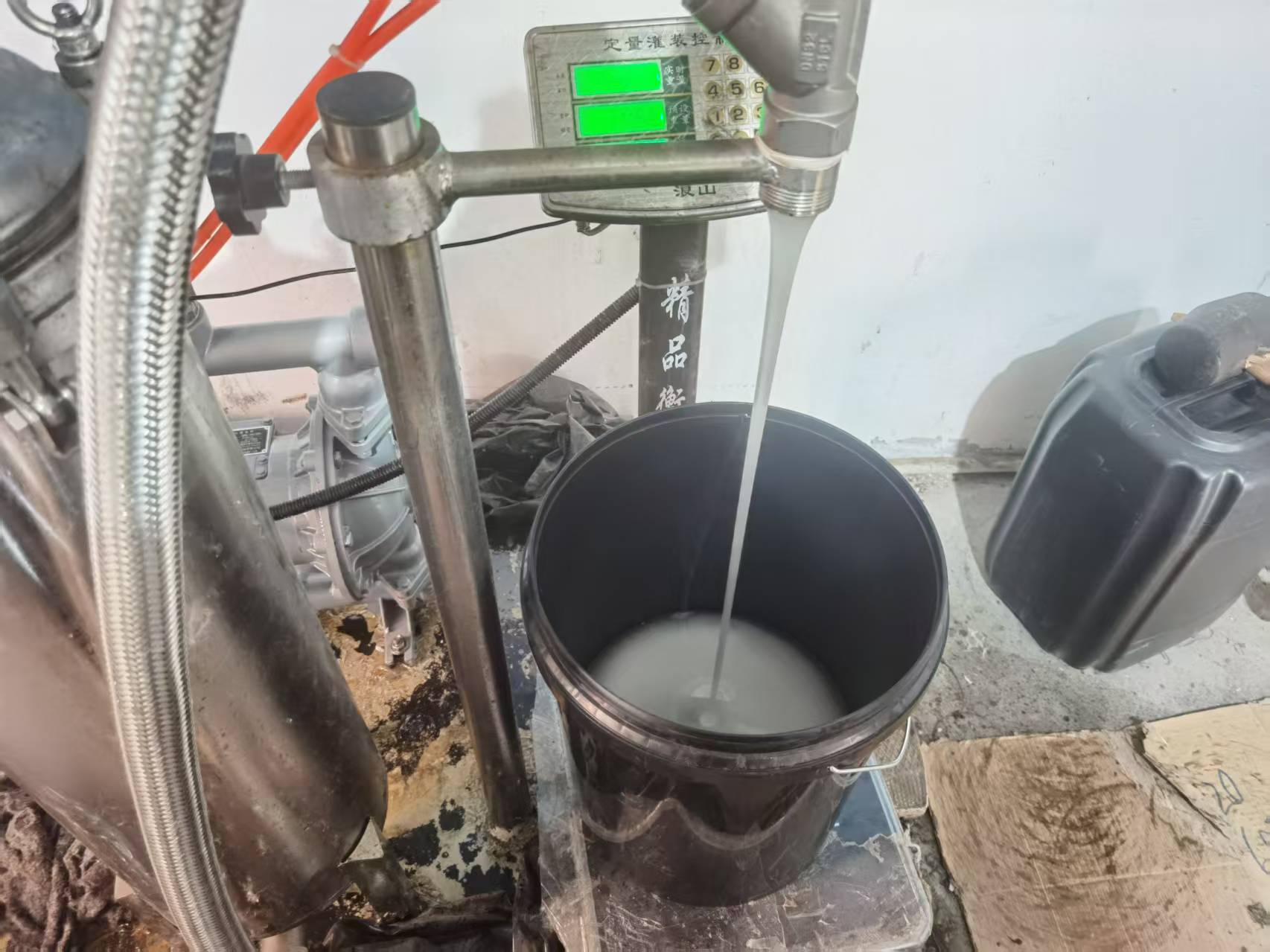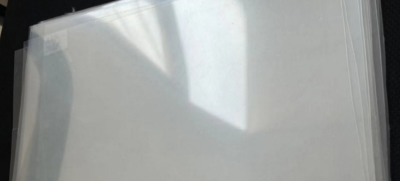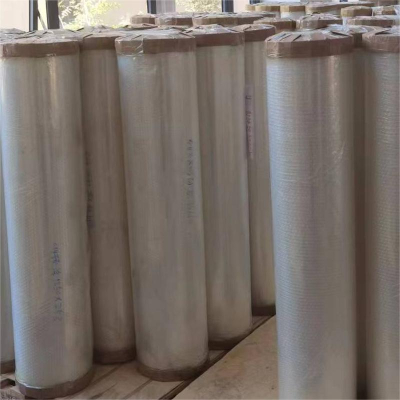Factors Affecting the Curing Effect of Yellowing-Resistant UV Adhesives and How to Select the Right One for Your Needs
Selecting the right UV adhesive resistant to yellowing hinges on matching the application scenario + pinpointing key performance indicators + adapting to construction conditions. Follow these 4 steps for precise selection:
1. Define core requirements: Scenario and substrate
• Indoor/Outdoor: For outdoor use, prioritize “aliphatic polyurethane acrylate + high-efficiency light stabilizer” systems; indoor applications may opt for aliphatic acrylates (lower cost).
• Substrate Type: For transparent optical components (e.g., glass, PC), choose low-shrinkage, high-transmittance formulations; for plastic/metal bonding, select adhesives with initial tack and substrate adhesion compatibility.
• Appearance Requirements: Optical applications require transmittance >92% and haze <0.5%; decorative applications require specified yellowing index (ΔE <3).
2. Identify Key Yellowing Resistance Metrics
• Resin System: Strictly avoid aromatic/epoxy acrylates (prone to yellowing); prioritize aliphatic series.
• Weathering Testing: Require suppliers to provide QUV/xenon arc aging reports (e.g., ΔE < 3 after 1000h aging);
• Auxiliary Components: Adhesives containing benzotriazole light stabilizers and hindered phenol antioxidants offer more durable yellowing resistance.
3. Adapting Application and Curing Conditions
• Coating thickness: For thin applications (<50μm), select low-viscosity formulations (500–5000 mPa·s); for thick applications (50–200μm), choose thixotropic high-viscosity adhesives (e.g., for UV roller coating scenarios);
• Curing equipment: For UV LED lamps (365/395 nm), select adhesives matching the corresponding wavelength; for traditional mercury lamps, choose universal adhesives;
• Operational requirements: For manual application, select low-viscosity adhesives (easy flow); for automated roller coating/dispensing, select viscosity and thixotropy suitable for the equipment.
4. Supplementary Performance Matching (Select as needed)
• Bond strength: Structural components require shear strength >10MPa; decorative parts may have relaxed requirements;
• Environmental resistance: Outdoor applications require resistance to humid heat (no abnormalities at 85℃/85%RH testing) and extreme temperatures (-40℃~80℃);
• Environmental compliance: Food contact applications must meet FDA and RoHS standards.
The core factors affecting the yellowing resistance of UV-cured adhesives can be categorized into four types, directly determining curing speed, completeness, and subsequent yellowing resistance stability:
1. UV irradiation conditions: Wavelength must match the photopolymerizer in the adhesive (commonly 365/395nm). Insufficient energy (<800mJ/cm²) or short exposure time leads to incomplete curing. LED degradation or obstruction (e.g., substrate impurities) also reduces efficiency.
2. Coating thickness and formulation: Excessively thick coatings (>200μm) block UV penetration, while high viscosity promotes bubbling. Aromatic impurities or excessive light stabilizers may inhibit polymerization.
3. Substrate properties: Opaque/dark substrates impede UV transmission, requiring supplementary side lighting. Certain plastics (e.g., PC) absorb UV, necessitating specialized compatible adhesives.
4. Environment and Operation: Low temperatures (<15°C) slow polymerization speed, while high humidity (>60% RH) may cause haze in the adhesive layer. Contamination (oil/dust) before curing affects crosslinking effectiveness.








